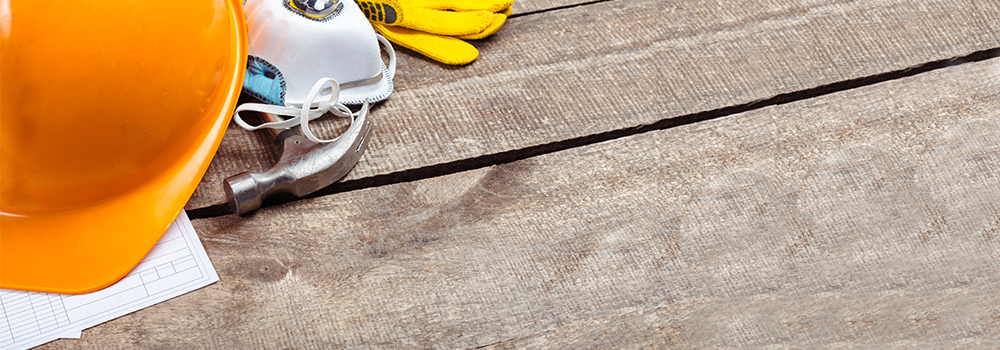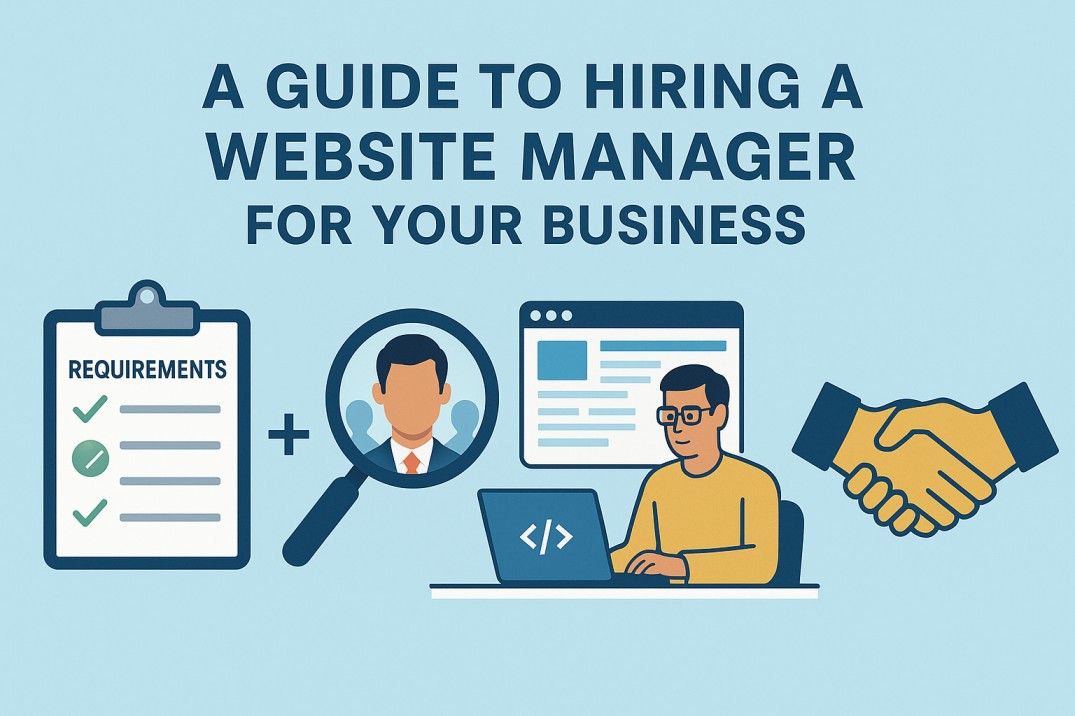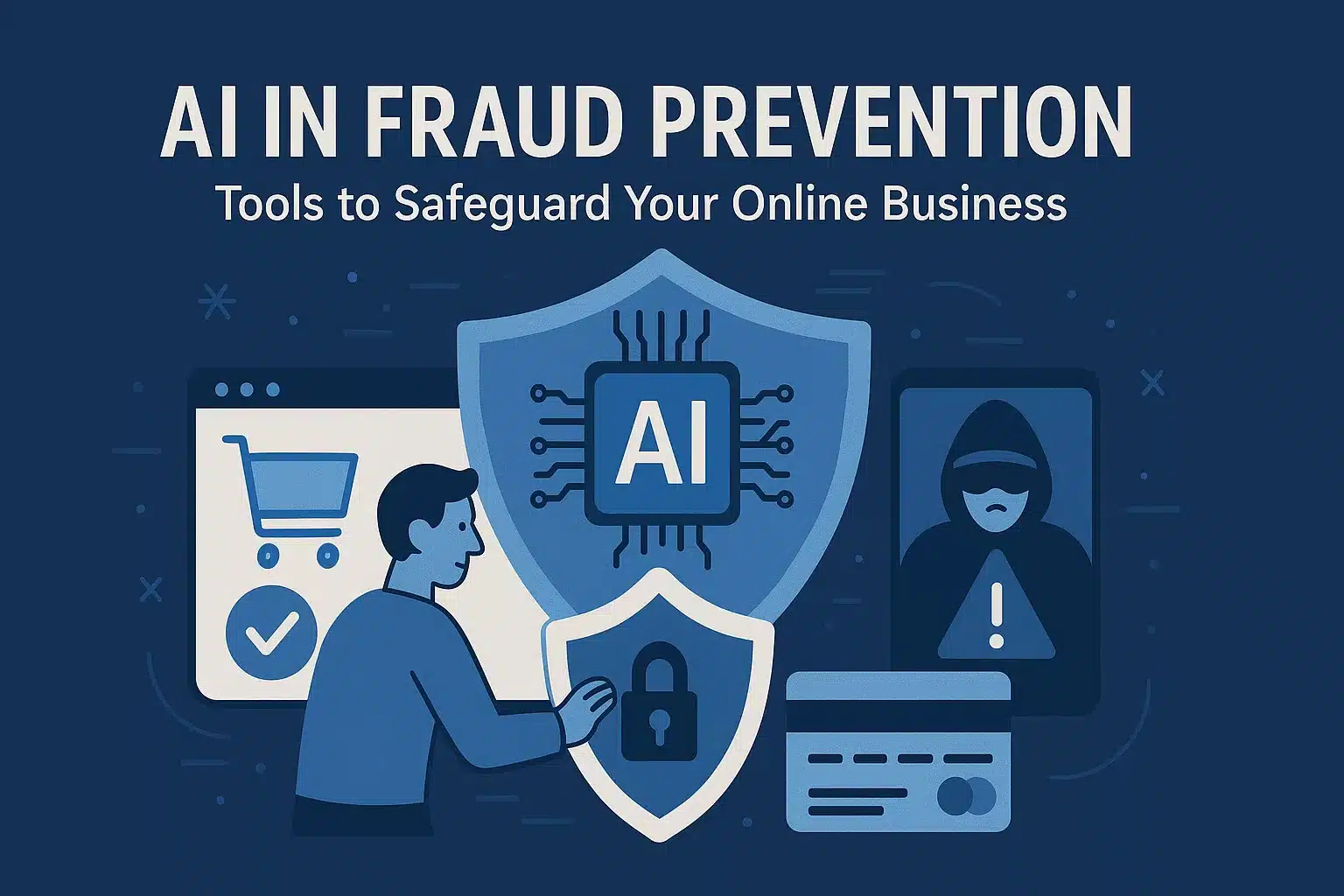No one wants to get injured, but often we ignore best safety measures and workplace online safety training courses because they take time and energy – a little extra time is always worth it to prevent injury.
Checking safety at work throughout the day, and enrolling in effective online safety training is some of the best ways of keeping your work environment safe. If you’re a manager, it shows your workers that you care for their safety, and being safety-oriented can help improve the morale, productivity, and reputation of your organization. If you are an employee, following safety protocols is in your and your co-workers’ best interests – no one wants to work in an unsafe workplace!
Here are nine quick and easy tips and some workplace safety training courses for a safer, healthier manufacturing environment.
1. Inform your Supervisor of Dangerous Conditions
If you see something that could potentially injure anyone, remove the item or clean the area if you can do it safely. Otherwise, inform your supervisor as soon as you can. Since your supervisor is legally obliged to keep the working environment safe for you and your fellow employees, they must take action.
Want to learn more about identifying potentially dangerous working conditions?
Click here to check out Coggno’s wide selection of online safety training courses.
2. Use Machinery, Computers and Devices Correctly
Did you know that the misuse of tools and machines is the most common cause of injury in the workplace? When using equipment, make sure that you use each piece of equipment for its intended function, and that you use it correctly, too.
In addition to this, clean and inspect the equipment often to make sure it’s secure and safe to use.
3. Wear Personal Protective Equipment (PPE)
When cleaning messes or using tools, make sure you wear the appropriate protective equipment. This could sound obvious, but ensuring that you wear the appropriate safety equipment and that the PPE is undamaged greatly decreases the risk of getting hurt!
4. Prevent Slips and Trips
Being the second most common cause of workplace accidents, it is essential to ensure that aisles are safe and that spills are washed to prevent yourself and your co-workers from tripping or falling. Use drip pans and guards if you’re working with liquids and clean all spills immediately to keep conditions safe.
Also, check the workplace to make sure there are no gaps, loose boards, or nails sticking out of the floor. If you can spot anything you feel can be changed, fixed, or improved (no matter how small), be sure to mention these to your supervisor.
Want to learn more about identifying potentially dangerous working conditions?
Click here to check out Coggno’s wide selection of workplace safety training courses.
5. Keep all Work Areas and Emergency Exits Clear
Make sure you remove any clutter that blocks emergency exits and areas in which you’re working. A cluttered work area is a recipe for disaster and can lead to tools going missing and not having enough space to work in.
In addition to this, if an exit is obstructed, you won’t be able to escape quickly if an emergency occurs. Placing equipment in secure storage areas after use would help to keep the work area and emergency exits safe.
6. Remove Fire Hazards
If you use flammable materials in your work environment, keep only the quantity you need for the job at hand. If you do not use a combustible material, store these chemicals in an assigned safe storage area away from ignition sources.
Also, store and dispose of fuel waste in metal containers regularly.
As little as 5% of a room’s surface that is covered by 0.8 millimetres of dust— that’s about the width of a dime— is enough to cause an explosion. To prevent dust accumulation, use industrial vacuums to frequently clean areas where dust gathers.
7. Avoid Tracking Dangerous Materials
To ensure that hazardous materials are not accidentally tracked to other areas, ensure that work area mats are maintained and kept clean. Prevent cross-contamination by using specific cleaning products — such as mops — for multiple spills, and change clothing if hazardous materials are spilled. Also, if you’re working with toxic substances, don’t wear your work clothes at home.
Want to learn more about ensuring a safe working environment?
Click here to check out Coggno’s wide selection of workplace safety training courses.
8. Keep Objects from Falling
To keep objects from falling on yourself or your co-workers, use barriers such as nets, toe boards, or toe rails. When stacking boxes, place the heavier objects on the lower shelves and keep objects stacked away from aisles and work areas.
9. Use the Correct Posture when you Lift
To avoid damaging your back when you’re trying to pick up an item, keep your back straight, use your legs to lift and pick up the item without stooping or twisting. Whenever possible, use mechanical aids such as conveyor belts, wheelbarrows, or forklifts.
Last Note
Would you like to learn more about creating a safe and healthy working environment?
We invite you to enroll for any of the great online training courses in the Coggno library. Click here to learn more about them.




















